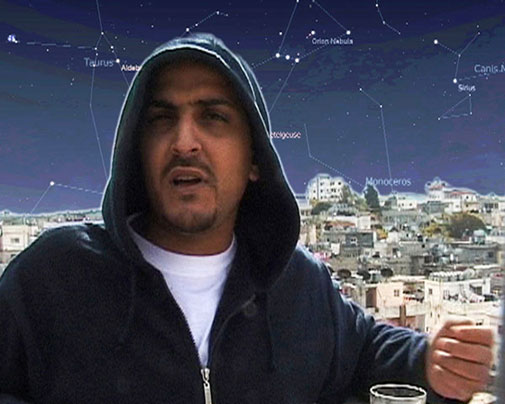Basins of Connectivity

A basin discerning regional confines is often used as a space of connectivity whether it is filled with water or not. Due to steady migration flows through the Maghreb, one can no longer speak of the Mediterranean without mingling it to this other sea, its “twin sea,” the Saharan basin. And likewise, one will not grasp the isolation of Palestinian refugee camps dispersed throughout the Middle East, unless one acknowledges the immense impulse for interconnection among these extraterritorial islands. At the example of her video research projects Sahara Chronicle and X-Mission, the artist discusses the notion of Sea as it is mirrored in spatial formations of human mobility in the attempt to overcome a sense of disconnection.
Ursula Biemann
Ursula Biemann is an artist, theorist and curator based in Zurich. Border, mobility and extraterritoriality are central recurring themes in her video essays from Performing the Border (1999) to X-Mission (2008). Biemann’s video essays and installations are shown internationally at festivals, art biennials and museums. Publisher of numerous books on gender in transnational spaces, art practice in the field, geography and the politics of mobility, migration movements in the Maghreb, video essayism and most recently a monograph “Mission Reports - artistic practice in the field, vide works 1998-2008, Cornerhouse, 2008. Curator of the collaborative research and xhibition project “The Maghreb Connection”, Cairo/Geneva 2006. Co-founder of the online publication www.artterritories.net. Biemann’s research is based at the Universities of Art and Design in Zurich. She holds a honorary doctorate from the Swedish University Umea.